Plants, Free Full-Text
Por um escritor misterioso
Last updated 21 setembro 2024
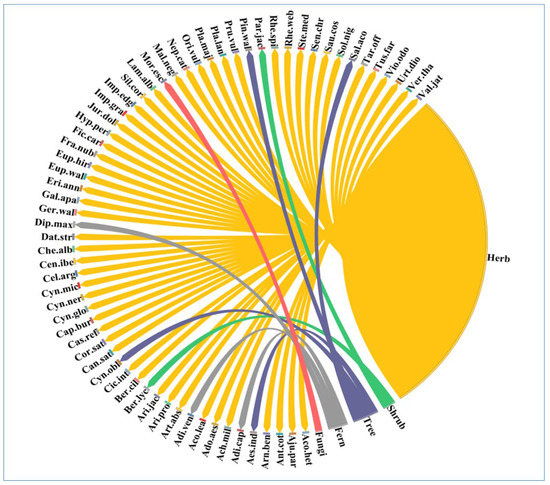
Dermatological ailments are a major health problem, especially when related to human immune deficiency syndrome and acquired immune deficiency. The goal of this study was to identify the medicinal plants used by the indigenous peoples of the Northwestern Himalayas to treat dermatological diseases. Several field trips were conducted in the spring and summer seasons of 2020–2021 to collect the plants of dermatological value and information about their use through open-ended semi-structured interviews (n = 53) and group discussions (n = 33). The current investigation found 64 ethnomedicinal plants belonging to 34 families commonly used to treat a variety of dermatological ailments. The main growth form was herbs (80%), followed by trees (8%) and ferns (6%). It was found that leaves (51%) were the most commonly used plant part, followed by roots and the whole plant. Wound healing was the most dominant application, with 18 plant species used, followed by skin burns cured by 11 plant species and skin boils by eight plant species. Out of the total (18%) of medicinal plants with cosmetic uses, i.e., roots of Jurinea dolomiaea, Rheum webbianum, and Rheum spiciforme were crushed into powder and mixed with turmeric, and the paste is applied topically for glowing skin. Among the various preparation methods, paste (38%) was the most common way of preparation, followed by poultice (29%) and infusion (9%). Between ethnic groups, the maximum homogeneity was between Gujjar and Bakarwal ethnic groups (23 species, 36%), followed by Gujjars and Kashmiri (14 species, 22%). Bakarwals and Gujjar people live in the same geographical location, and they graze their animals in pastures, practice extensive transhumance pastoralism, and pass through different ecological landscapes, thus having sufficient experiences with certain plants and retaining more knowledge. The species identified with the highest utilization based on the number of citations and use value included Ficus carica, Cichorium intybus, Euphorbia wallichii, Pinus wallichiana, Plantago major, Jurinea dolomiaea, and Artemisia absinthium. The findings of this study demonstrate that people who reside in the Northwestern Himalayas region still rely on medicinal plants.
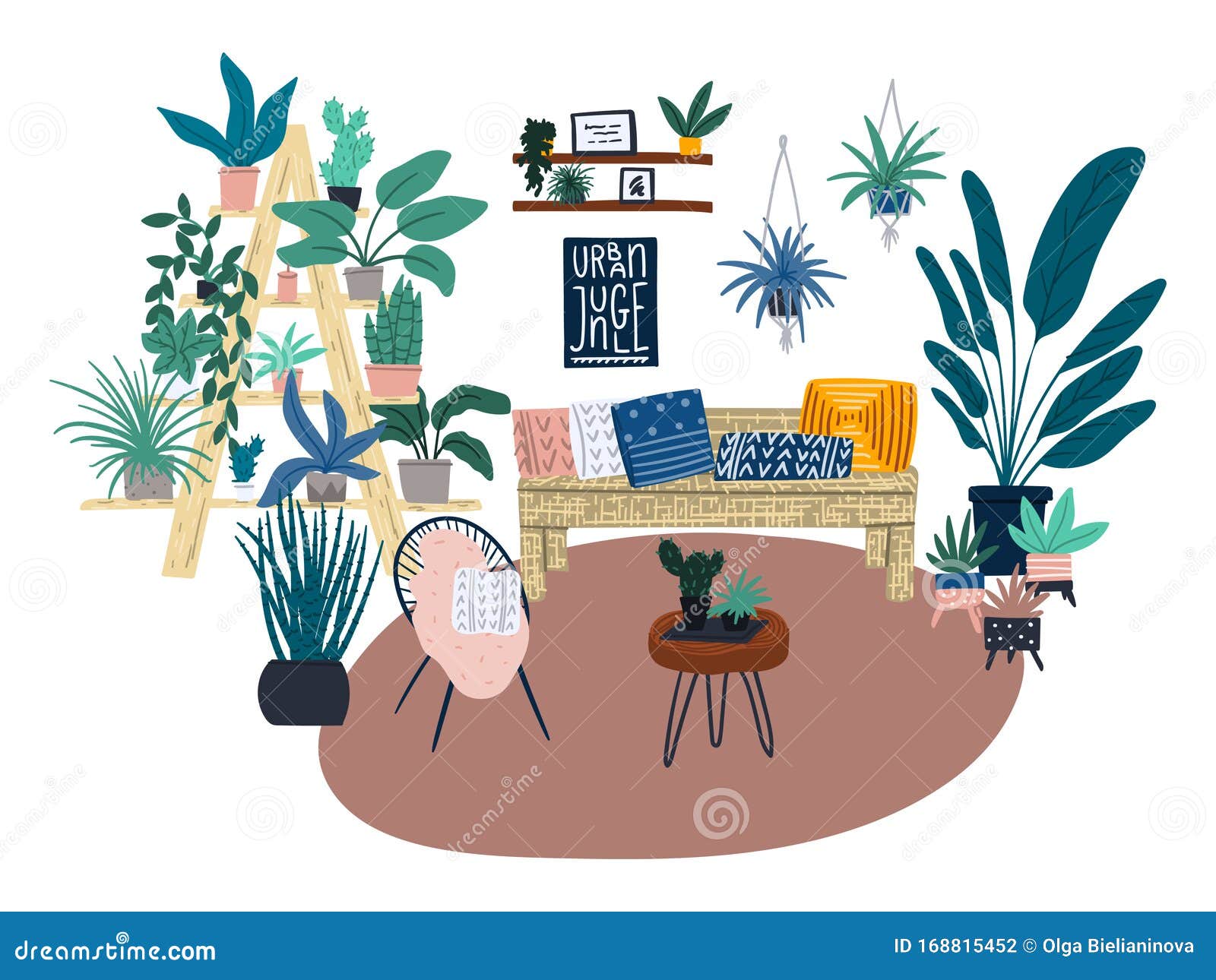
Scandinavian Full of Plants Balcony Interior Design. Flat Cartoon

Green Plants Photos, Download The BEST Free Green Plants Stock
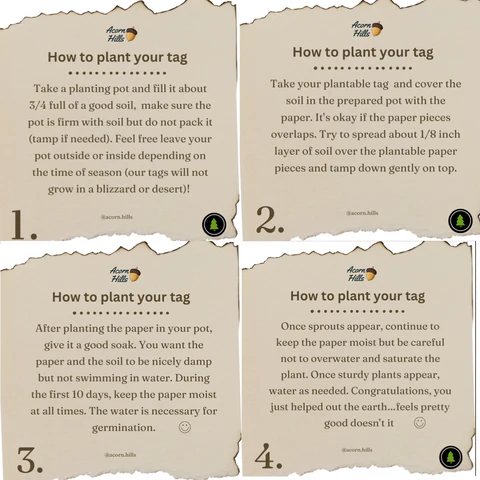
Plant your Clothing Tag! – Acorn Hills

Grow Lights for Indoor Plants Full Spectrum with Detachable Tripod

Healthy Start Organic Vegetable Seed Collection: Arugula, Spinach

First Federal is giving away free tomato plants on May 7th - Smile

Plant Sale 2023, Pierce County

8000W LED Plant Grow Lights, Full Spectrum Plant Grow Lamp for
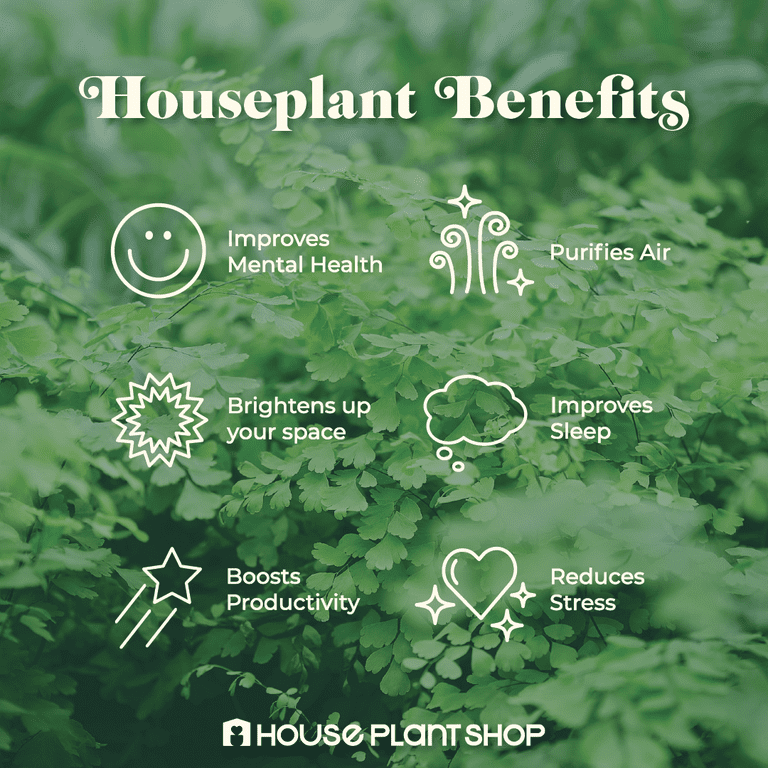
Arabica Coffee Plant / 4 Pot / Live Plant / FREE Care Guide

Plant Propagation in Pictures by Montague Free 1953 The American
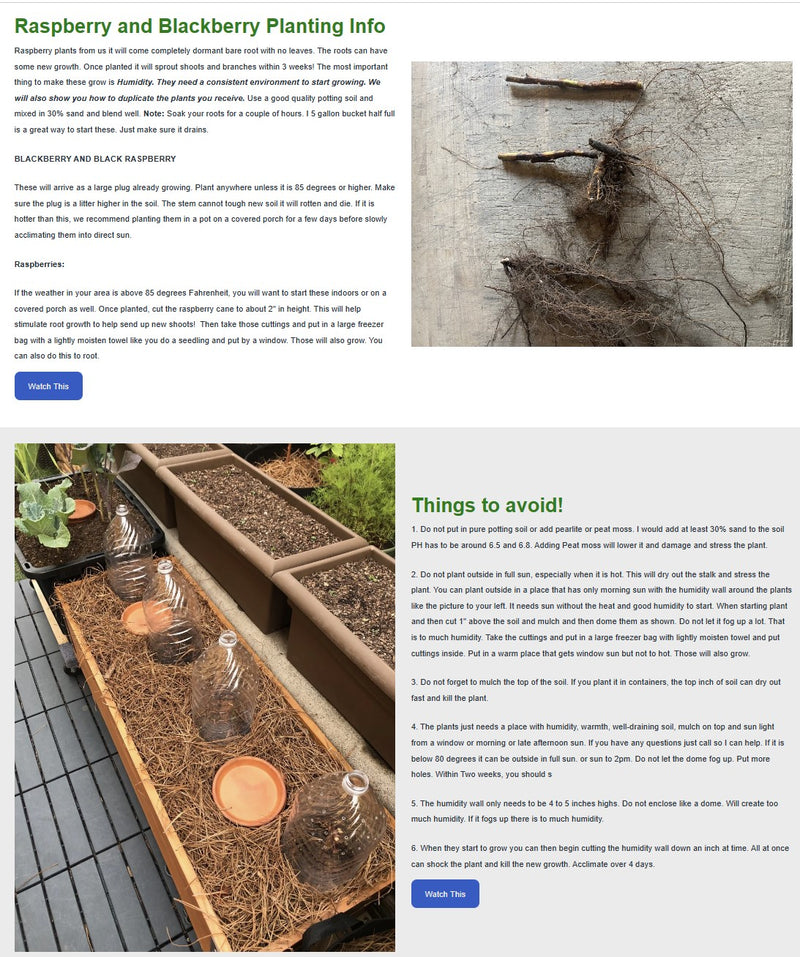
Heritage Raspberry Plants - NON-GMO - Buy 4 Get 1 Free – Hand
Mara Des Bois strawberry was developed by a French breeding program. This variety produces small to medium fruit, and contains the highest flavor and

Mara Des Bois Strawberry Plant-BUY 4 GET 1 FREE

Free Short Border Pollinator Garden Design — Blazing Star Gardens
Recomendado para você
-
The Dom in us Ven ari - Roblox21 setembro 2024
-
 Need some help understanding Ven'ari Reputation - Customer Support21 setembro 2024
Need some help understanding Ven'ari Reputation - Customer Support21 setembro 2024 -
 Shadowlands Item to Add a Socket At Appreciative (Exalted) with21 setembro 2024
Shadowlands Item to Add a Socket At Appreciative (Exalted) with21 setembro 2024 -
 CHIC VEN Women Sweatshirts Loose Hoodies Streetwear Casual Letter21 setembro 2024
CHIC VEN Women Sweatshirts Loose Hoodies Streetwear Casual Letter21 setembro 2024 -
Asia Research Institute, NUS - For former alum and now ARI21 setembro 2024
-
 Jacqueline Kennedy, Jackie, Four Page Vintage Clipping21 setembro 2024
Jacqueline Kennedy, Jackie, Four Page Vintage Clipping21 setembro 2024 -
 Stream Ven Únete a ARI (Que Bonita es esta Vida) by Música ARI21 setembro 2024
Stream Ven Únete a ARI (Que Bonita es esta Vida) by Música ARI21 setembro 2024 -
 File:ECU vs VEN Bronze Medal Match Beach Rugby 2019 SABG 23.jpg21 setembro 2024
File:ECU vs VEN Bronze Medal Match Beach Rugby 2019 SABG 23.jpg21 setembro 2024 -
 Competitive Travel Baseball — New York Empire Baseball21 setembro 2024
Competitive Travel Baseball — New York Empire Baseball21 setembro 2024 -
Shop Helmut Lang Logo Print Crewneck T-Shirt21 setembro 2024
você pode gostar
-
 The Road to the COP 28 – Emerging Ag Inc21 setembro 2024
The Road to the COP 28 – Emerging Ag Inc21 setembro 2024 -
Verified - Roblox21 setembro 2024
-
 Killing Stalking: Deluxe Edition Vol. 1 - Killing Stalking: Deluxe Edition21 setembro 2024
Killing Stalking: Deluxe Edition Vol. 1 - Killing Stalking: Deluxe Edition21 setembro 2024 -
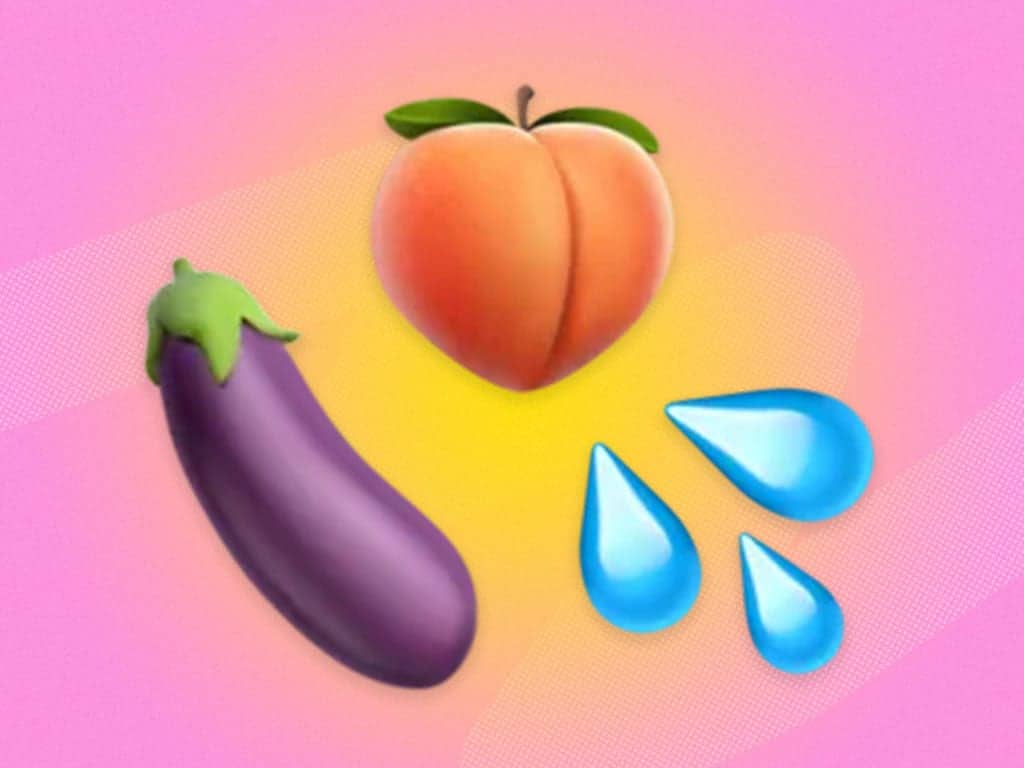 Instagram, Facebook to Ban the Use of the Eggplant and Peach Emoji in a Sexual Manner - The Source21 setembro 2024
Instagram, Facebook to Ban the Use of the Eggplant and Peach Emoji in a Sexual Manner - The Source21 setembro 2024 -
 Nemesis Now Harry Potter Ravenclaw Hogwarts House Collectible Goblet, 1 Count (Pack of 1), Blue Silver,200 ml : Home & Kitchen21 setembro 2024
Nemesis Now Harry Potter Ravenclaw Hogwarts House Collectible Goblet, 1 Count (Pack of 1), Blue Silver,200 ml : Home & Kitchen21 setembro 2024 -
 Katsute Kami Datta Kemono-tachi e - Episode 4 discussion : r/anime21 setembro 2024
Katsute Kami Datta Kemono-tachi e - Episode 4 discussion : r/anime21 setembro 2024 -
 Jogo de Tabuleiro MONOPOLY City Ville (Idade Mínima: 8)21 setembro 2024
Jogo de Tabuleiro MONOPOLY City Ville (Idade Mínima: 8)21 setembro 2024 -
 ✂️ Vitória e o roubo in 202321 setembro 2024
✂️ Vitória e o roubo in 202321 setembro 2024 -
 Some bug pokémon have their weakness listed as 'Onix' on google search : r/ pokemon21 setembro 2024
Some bug pokémon have their weakness listed as 'Onix' on google search : r/ pokemon21 setembro 2024 -
 The Marvels - Review21 setembro 2024
The Marvels - Review21 setembro 2024



